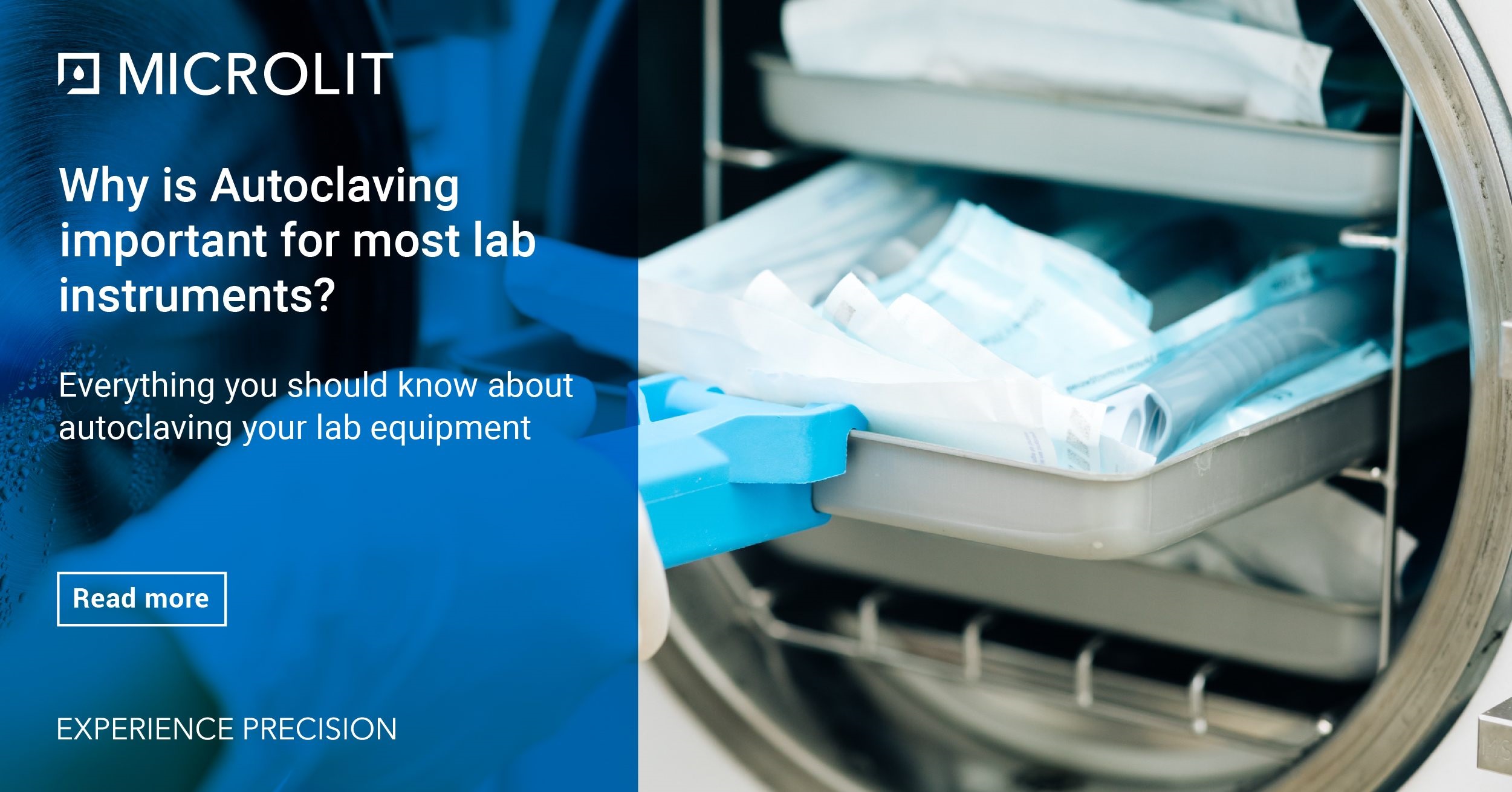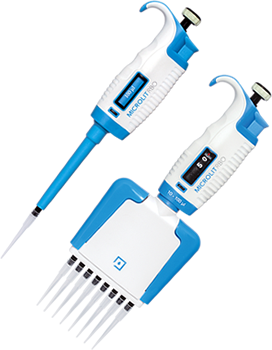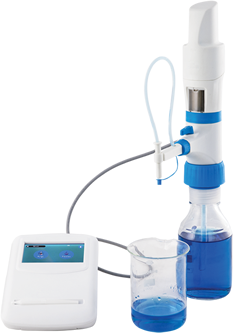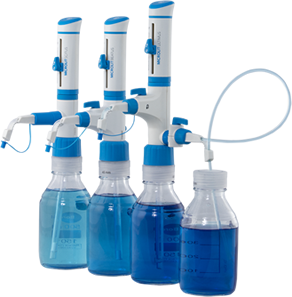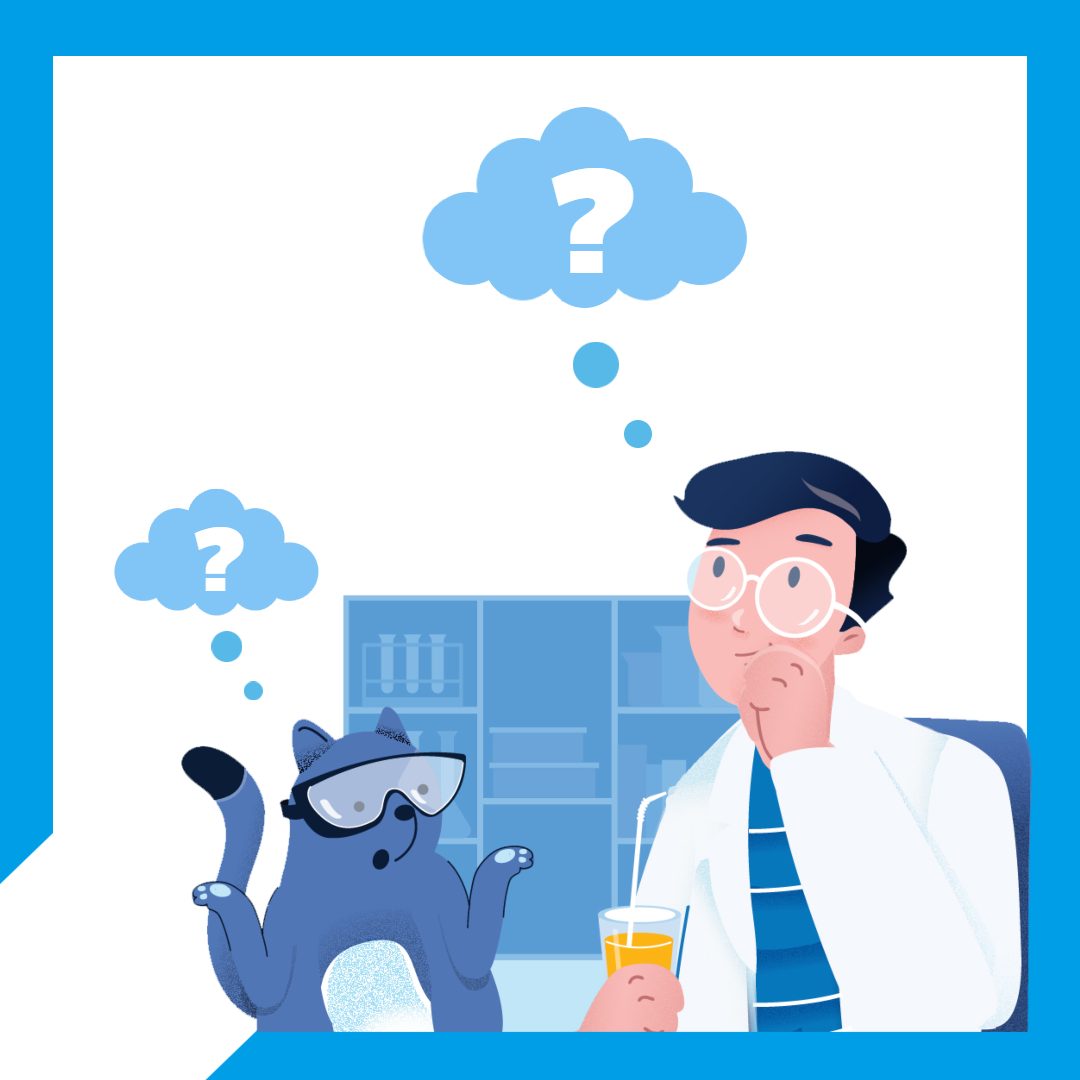Autoclave is one of the most common sterilization instruments being used across various industries, including drug development, medical care and scientific research. An autoclave process works by producing highly-saturated steam under pressure, eliminating the majority of micro-organisms and spores.
This instrument is used to sterilize different types of labware, media and biological waste. The reason why biological waste needs to be autoclaved is that many people are exposed to it during transit which renders containment at the source necessary. Additionally, an autoclave process is used to decontaminate equipment / samples before performing an experiment or disinfecting items prior to disposal.
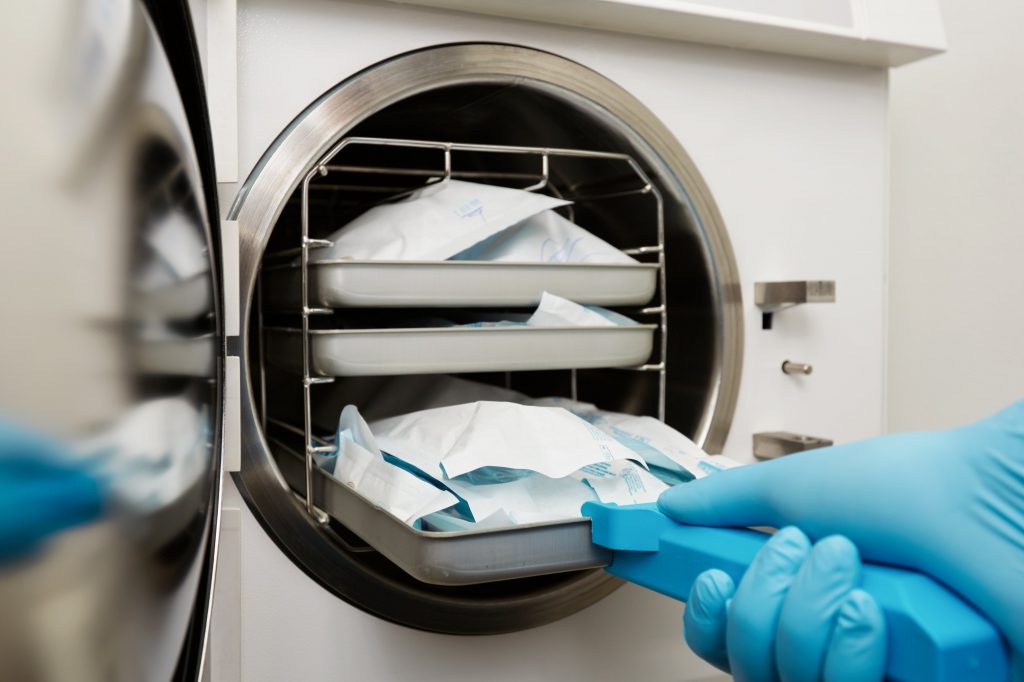
Specifically, hospitals and nursing homes are highly dependent on autoclaves as they have to sterilize critical products and instruments continuously on a daily basis. In such environments, autoclaves are the only way to make sure that individuals interacting with such equipment are safe and not exposed to health hazards.
Although autoclave has application across a wide range of materials, there are certain materials which cannot and should not be autoclaved. Let’s discuss this in detail in the next section.
Materials Suitable For Autoclaving Process
When autoclaving lab or medical equipment, it is vital that you make sure that the equipment is compatible with high temperature and pressure conditions that occur inside the autoclave chamber. One should never load materials that have been in contact with certain types of solvents or volatile / corrosive substances inside the autoclave. In addition, radioactive materials and items containing carcinogens or mutagens can not be autoclaved.
If you put an unacceptable substance / object in the autoclave, it can cause heavy damage and incur thousands of dollars worth repair cost. In addition, it can slow down the overall process and in some scenarios, it can also lead to serious health hazards. Below is a list of items that are compatible with an autoclave:
1) Glass: The only kind of glass that should be autoclaved is Pyrex. You will notice that the manufacturer of the glass product mentions if the type of glass can be placed in an autoclave or not on the packaging. However, in certain cases, even Pyrex can be unsuitable for an autoclave process. This happens if it holds a particular volume of liquid and is closed tightly. As a rule of thumb, one must not autoclave liquids inside a closed container.
2) Polypropylene: Polypropylene is a kind of inexpensive resin which is capable of tolerating high autoclaving temperatures. Such containers are usually available in a variety of forms and sizes, such as bags, pans and trays.
The bags need to be open in order for the steam to penetrate inside. In addition, it is advised that you pour some water inside the bag prior to autoclaving so as to increase the efficiency of the heat transfer process.
3) Paper: One can only place paper in an autoclave process as a waste item inside a transparent or red bio-hazardous autoclave waste bag. However, you need to ensure that you are not operating the machine in the ‘dry setting’. Always use the ‘wet setting’ in order to prevent the risk of fires.
4) Latex or Vinyl: Latex made products can melt away in an autoclave chamber, and pose a possibility of combustion. But if you place it inside an autoclavable biohazard bag as waste and turn on the steam setting, they will not melt completely, and thus not catch fire.
5) Metals: Majority of the metals present in laboratories are designed to tolerate extreme temperature and pressure conditions. Although most of the metal objects can be autoclaved, you need to ensure that you extract liners and plastics from the metal, which are prone to combustion.
6) Plastic Pipette Tips and Culture Plates: Certain tips made of plastic and high-density polyethylene can be autoclaved. The extent to which they can melt inside the autoclave chamber varies according to the autoclave’s setting, plastic-type and material density.
Just like paper or latex materials, plastic pipette tips should be autoclaved as a waste item placed inside an appropriate biohazard bed on a steam setting.
Unacceptable Materials For Autoclaving
There are certain materials that are not suitable for autoclaving process. It is vital to exercise caution against these kinds of materials to avoid health hazards and accidents.
Below listed are unsuitable materials for autoclaving process:
- Liquids sealed in a container
- Radioactive materials or materials that may have been contaminated by radiation
- Combustible, volatile or flammable liquids
Here are some additional tips that you should keep in mind while loading the autoclave chamber:
- Add some water into bags containing solid waste for generating additional steam that drives residual air from the bag.
- Place infectious waste in a sealed secondary container inside the autoclave. The outer surface should be sterilized before transport.
- Make sure to follow the manufacturer’s instructions while loading the chamber.
- Materials must be packed loosely inside the chamber so that steam can penetrate easily.
Microlit’s autoclavable liquid handling products
All of Microlit’s mechanical products, including Bottle Top Dispensers and Micropipettes are fully autoclavable.
Microlit RBO Micropipettes – Microlit RBO is a range of high-precision micropipettes that offers a sophisticated blend of features and functionality. It is categorized into Single Channel (Fixed and Variable) and Multichannel (8-channel and 12-channel) Micropipettes, designed in-house by our product design engineers. These instruments are ergonomically and intuitively intended to provide exceptional user experiences in practical laboratory environments.
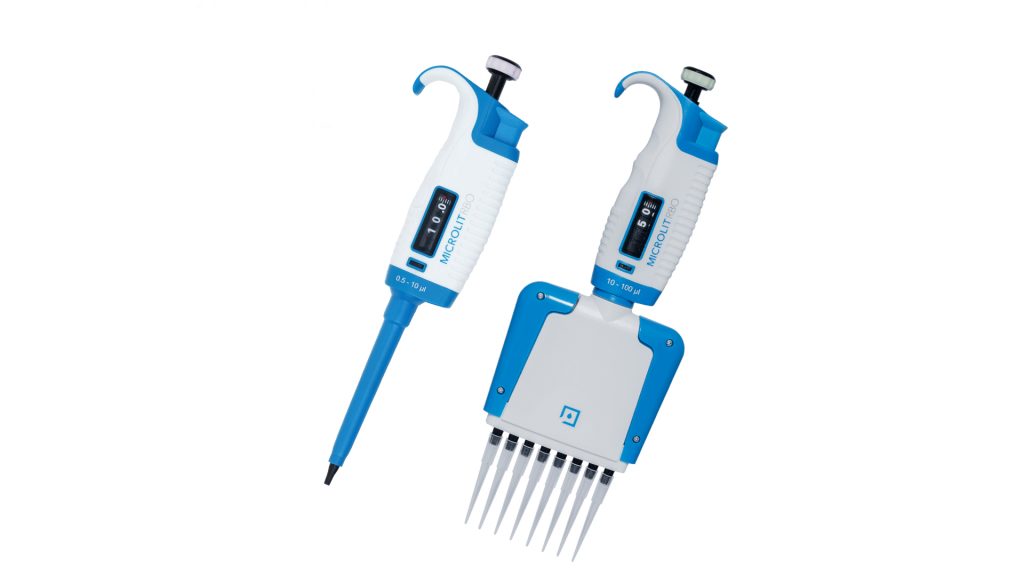
All Microlit micropipettes are fully autoclavable at 121°C, 15 psi for a duration of 15-20 mins, which means that our pipettes can be placed in an autoclave without disassembling any parts or components. This enables convenient autoclaving in the lab.
Microlit Bottle Top Dispensers – Microlit Bottle Top Dispensers are designed with ergonomics and intuitive handling in mind, it offers excellent chemical compatibility and enables the achievement of precision in practical laboratory environments. These Bottle Top Dispensers are categorized by their features and functionality. Some features common across all Microlit Bottle Top Dispensers:
- SpringlessValve™ facilitates smooth & jam-free dispensing.
- EasyKnob™ is a specially designed volume adjustment knob that allows 180° rotation for easy & effortless volume setting.
FlexiNozzle™ is an adjustable delivery nozzle. It offers a high level of flexibility, facilitating easy dispensing in demanding laboratory conditions.
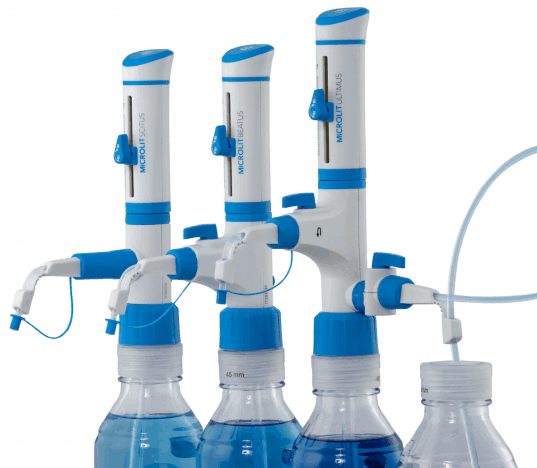
Microlit bottle top dispensers can also be autoclaved for sterilization at 121°C, 15 psi for a duration of 15-20 mins. However, the piston needs to be disassembled from the assembly before autoclaving process. The housing and the piston can then be sterilized separately. For complete autoclaving instructions, please refer to the instruction manuals.
With the use of Microlit’s liquid handling products, you may perform your experiments seamlessly without worrying about the risk of cross-contamination.
Reach out to us at info-usa@microlit.com if you wish to know more about Micropipettes, Bottle Top Dispensers or any of our autoclavable products and make a purchase.






 5772
5772